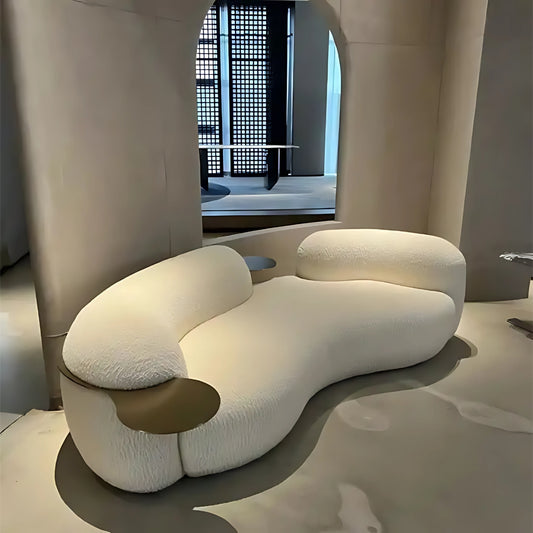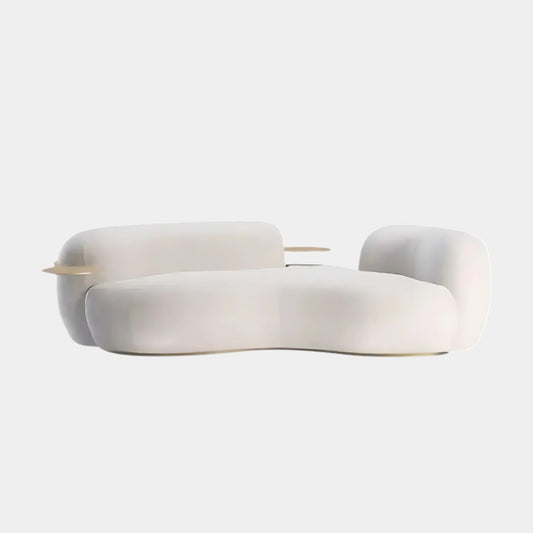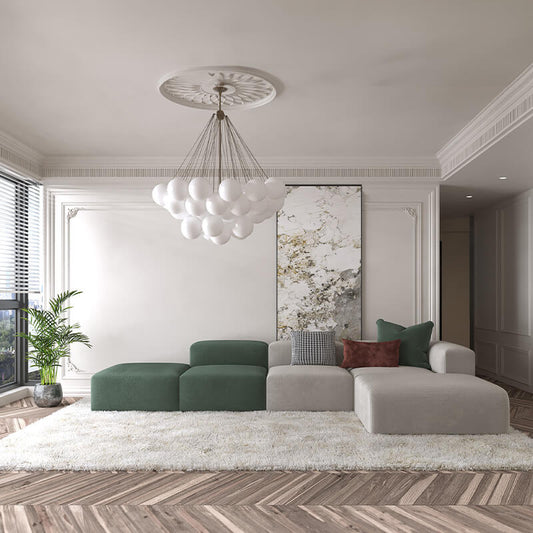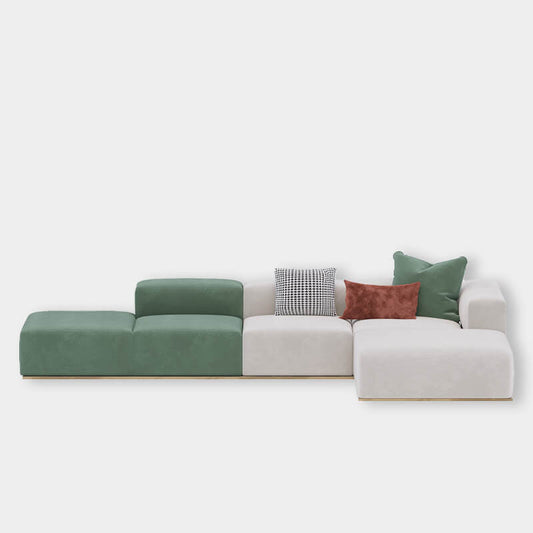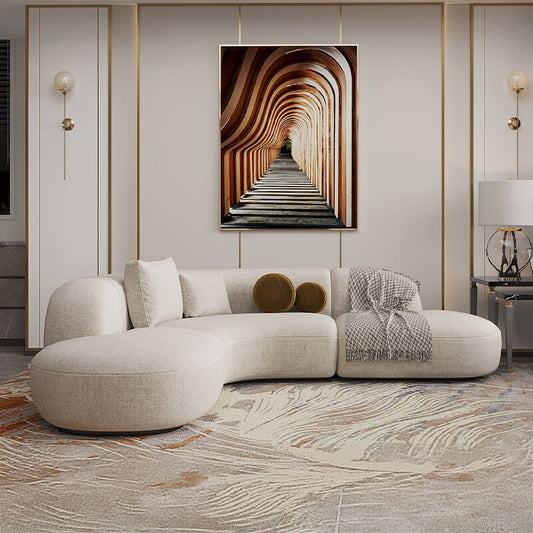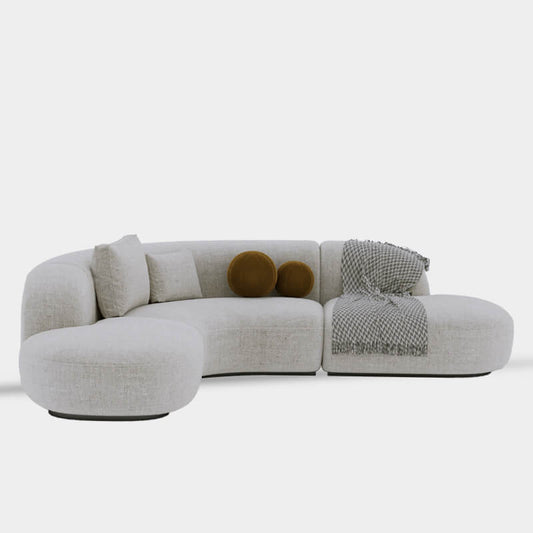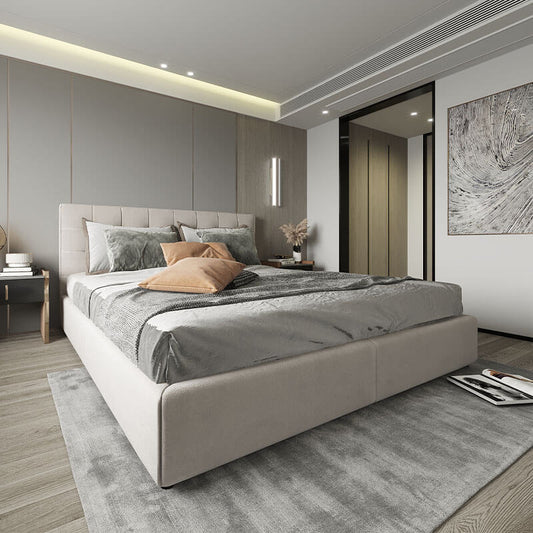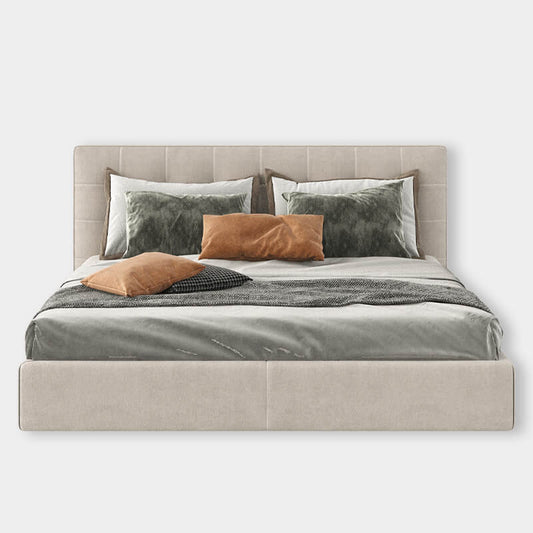Minimalism has taken the interior design world by storm, and two styles stand out: Japandi design and Scandinavian design. Both embrace simplicity, functionality, and beauty, making them perfect for a minimalist home.
What Is Japandi Design?

Origins and Philosophy
- Japandi design is a fusion of Japanese minimalism and Nordic design. It blends the Scandinavian style's clean lines and cozy warmth with the serene, nature-inspired elegance of Japanese aesthetics. Born from a shared love of simplicity, Japandi style focuses on intentional living—every piece in your home should have purpose and beauty.
Key Features
- Expect muted tones like beige, gray, and earthy browns, paired with natural materials such as wood, bamboo, and stone. Japandi design leans into wabi-sabi, celebrating imperfections like weathered textures or handmade ceramics. Furniture is low-profile, functional, and uncluttered, creating a calm, meditative vibe perfect for a minimalist interior.
What Is Scandinavian Design?

Origins and Philosophy
- Scandinavian design hails from Nordic countries like Sweden, Denmark, and Norway. Known as Scandi decor, it emerged in the mid-20th century, prioritizing light, comfort, and practicality for harsh winters. It’s all about creating a bright, airy minimalist home that feels inviting and lived-in.
Key Features
- Think light wood (birch or pine), whites, soft pastels, and pops of muted color. Scandi design loves clean lines, cozy textiles like wool throws, and functional furniture—think simplicity. It’s warm and approachable, balancing minimalism with hygge, the Danish art of coziness.
Comparing Japandi and Scandinavian Design

Color Palette
Japandi Design
- Japandi style favors a grounded, neutral palette—think charcoal, taupe, and deep greens. It avoids bright colors, aiming for a Zen-like calm that reflects Japanese minimalism’s focus on tranquility.
Scandinavian Design
- Scandi decor goes lighter with whites, creams, and pale grays, often accented by soft blues or pinks. It maximizes natural light, a must for Nordic design in dark climates.
Materials and Textures
Japandi Design
- Natural, raw materials dominate Japandi interiors—dark woods like walnut, rattan, and linen. Textures are subtle but rich, with a handmade feel that nods to wabi-sabi’s imperfect beauty.
Scandinavian Design
- Scandi design opts for lighter woods like oak or ash, paired with wool, cotton, and leather. It’s smooth and polished, with cozy layers like rugs and blankets for warmth.
Furniture Style
Japandi Design
- Japandi furniture is low to the ground, inspired by Japanese tatami living. Pieces are sleek, multifunctional, and sparse, keeping the minimalist home clutter-free and serene.
Scandinavian Design
- Scandi furniture is practical and ergonomic, often with tapered legs and soft curves. It’s minimalist but comfy, designed for everyday use in a Nordic-inspired space.
Aesthetic Vibe
Japandi Design
- Japandi style feels introspective and grounding. It’s ideal for those who crave a quiet, contemplative minimalist interior with a touch of sophistication and nature.
Scandinavian Design
- Scandi decor is cheerful and welcoming. It suits those who want a minimalist home that’s bright, social, and effortlessly cozy—perfect for gatherings or relaxing.
Pros and Cons of Japandi Design

Pros
-
Calm Atmosphere: The earthy tones and simplicity create a peaceful retreat.
-
Timeless Elegance: Japandi’s blend of cultures feels unique and enduring.
-
Sustainable Focus: Natural materials align with eco-friendly living.
Cons
-
Darker Tones: May feel moody in small or dimly lit spaces.
-
Sparsity: Less cozy for those who love layered decor.
Pros and Cons of Scandinavian Design

Pros
-
Bright and Airy: Light colors make rooms feel bigger and happier.
-
Affordable Options: Scandi decor is widely available (online platforms).
-
Cozy Factor: Textiles add warmth to minimalism.
Cons
-
Less Unique: Popularity can make it feel generic.
-
Light Dependency: Relies on natural light, tricky in darker homes.
Which Minimalist Style Suits You?

Choose Japandi Design If…
-
You love a serene, earthy vibe with a touch of Japanese minimalism.
-
Darker hues and natural textures speak to your soul.
-
You prefer a curated, intentional space over a cozy, lived-in feel.
-
Your home gets decent light but doesn’t need to feel overly bright.
Japandi style suits introspective types who value calm and understated elegance in their minimalist interior.
Choose Scandinavian Design If…
-
You crave a bright, uplifting space that maximizes light.
-
Cozy textiles and soft colors make you feel at home.
-
You want a minimalist home that’s practical and family-friendly.
-
Your space needs to feel open and inviting year-round.
Scandi decor is perfect for social butterflies or anyone needing a cheerful Nordic design lift.
How to Incorporate Japandi Design

Tips for Your Home
-
Start with a neutral base—think taupe walls or a wooden coffee table.
-
Add low-profile furniture like a futon or bamboo chair.
-
Mix in pottery or stone decor for that wabi-sabi touch.
-
Keep clutter minimal, focusing on quality over quantity.
How to Incorporate Scandinavian Design

Tips for Your Home
-
Paint walls white or light gray to reflect natural light.
-
Layer wool throws and cushions on a sleek sofa.
-
Use light wood furniture—think a birch dining table.
-
Add pops of color with pastel art or rugs.
Blending Japandi and Scandinavian Design

Can’t decide? Blend them! Pair Scandi’s light woods and cozy textiles with Japandi’s earthy tones and low furniture. A white Scandi sofa with a bamboo Japandi side table creates a minimalist home that’s both warm and serene. Add a neutral rug and a few plants—boom, you’ve got the best of both worlds.
Cost and Accessibility

Japandi Design
- Japandi style can be pricier due to artisanal pieces and darker woods. Look for budget-friendly bamboo or second-hand finds to keep costs down.
Scandinavian Design
- Scandi decor wins on accessibility—mass retailers can offer affordable Nordic design staples. It’s easier to source and scale to any budget.
Final Thoughts

Choosing between Japandi vs. Scandinavian design comes down to your vibe. Japandi design brings Japanese minimalism’s calm sophistication, perfect for a grounding minimalist interior. Scandinavian design offers Nordic design’s bright, cozy charm, ideal for an uplifting minimalist home. Both styles ditch clutter for function and beauty, so you can’t go wrong—just pick what feels like you and cost-efficient design for you. Want peace and earthy tones? Go Japandi style. Crave light and warmth? Scandi decor’s your match. Either way, your space will shine with minimalist magic.





